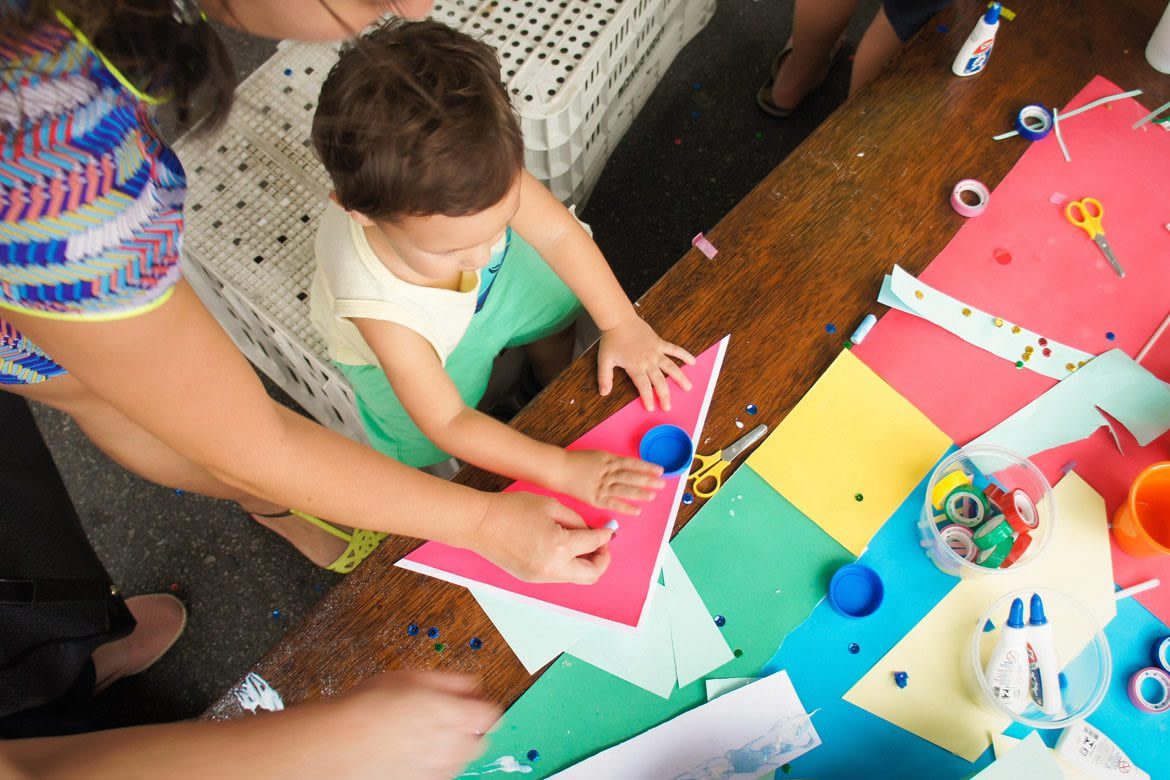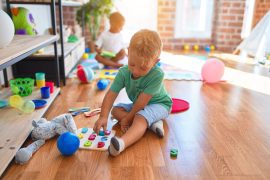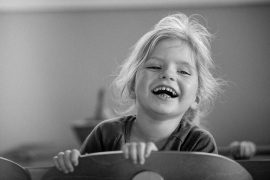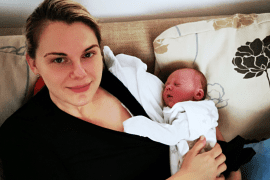By Daniel Morrison
You may have heard of the wonder that is the Finnish education system. In the past decade, they have consistently come at or very near the top of any global ranking – in numeracy, literacy, physiological health and psychological wellbeing. What’s going on over there? Hundreds of delegates from countries all over the world embark on fact-finding missions every year to try and learn what they can and integrate it into their own education departments – what have they learned? Could any of it be implemented in a country like Australia? And if so, how?
At its core, the approach is based on letting kids develop a joy of learning, on their own terms. Formal academic training doesn’t actually start until age seven. Before then, the focus is on the development of good social habits: learning how to make friends and respect others, to clean up after they have finished an exercise, and to dress themselves. These are foundational life skills, the bedrock on which everything else is built. As Pasi Sahlberg, Finnish education expert, explains “We prepare children to learn how to learn, not how to take a test.”
When they’re engaged in a task they enjoy, whether constructing a building or threading a bead, children become motivated to constantly refine and improve on their task, and even find ways to increase the challenge. These kinds of activities help develop qualities such as attention span, perseverance, concentration, and problem solving, which are all stronger predictors of academic success than the age at which a child learns to read.
Finnish primary schools create a child-led environment with a three-hour work-cycle and multi-age classes. Children are supported to learn at their own pace, following their personal interests. Homework is optional.
It is hard to find these principles in conventional Australian schools. Here, kids are told exactly what to study and when, irrespective of their interests. New teachers are entering classrooms having been taught only to teach to the test. Creativity and curiosity have fallen by the wayside as the focus is narrows in on how to do well at NAPLAN. Instead of inspiring joy, often we see it being almost literally sucked out of them. Stress is a real issue. For eight year olds.
Understandably, many parents are looking for an alternative, something closer to the Finnish experience and are opting for alternatives such as home schooling. Some are finding it in Montessori schools. Much like the Finnish education system, Montessori supports the full development of the human being, and sees education as an ‘aid to life’.
It is used in over 22,000 schools worldwide, and has a longer track record of success than any other educational approach in the world. Children become confident, responsible, independent learners, who trust in their own abilities. They develop a lifelong love of learning. The classroom nurtures children’s innate passion for life by giving them opportunities to engage in spontaneous, purposeful activities, with the guidance of a highly trained adult, in a three-hour work cycle. Sound familiar?
Through their work, the children develop concentration, self-reliance, independence, and discover the joys of self-discipline. Teachers provide a bespoke experience for each child, allowing them to progress at their own pace and rhythm, according to their individual capabilities. Dr Montessori realised 100 years ago what the Fins have only comparatively recently discovered – homework should be optional and an extension of a joyful day of learning. It should be a pleasure, not a chore.
See page 2 for more on Montessori education…











